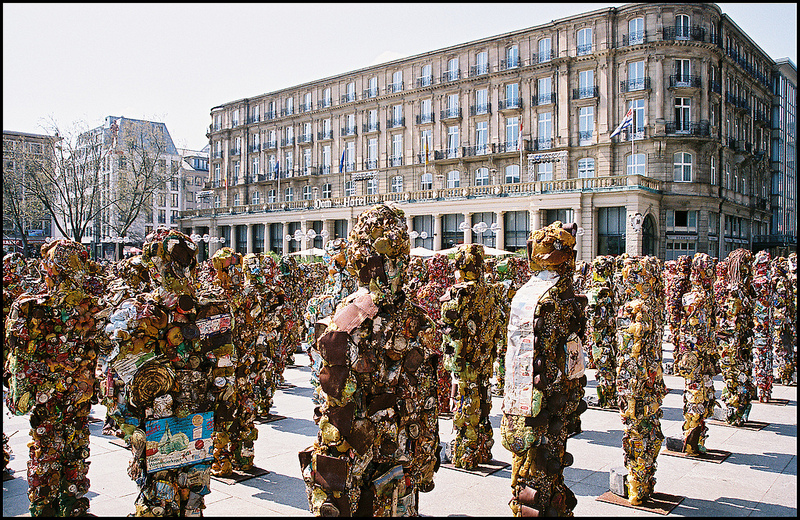
The role of socioeconomic status
Affluent Chinese people are among the world’s largest waste generators (Han, Zhang, & Xia, 2016). Affluent people are afforded the luxury to generate more waste even though it terribly affects the environment. Waste generation is also associated with the economic status of a society (Shekdar, 2009, p. 1440). In China’s case, its waste generation has surpassed that of the United States, even though economically, they are not the same (Shekdar, 2009, p. 1442).
Collection efficiency is not evenly distributed throughout China as it is better in the east side than in the west (Zhang, Tan, & Gersberg, 2010, p. 1628). This is important to note because the east has traditionally been wealthier than the west.
Therefore, even though wealthier people produce more waste, others face the greater consequences.
Landfills
It is straightforward: nobody wants to live next them!
This tension of needing more landfills because of the increasing amount of waste and people not wanting to live next to landfills creates a huge issue: illegal dumping (Shekdar, 2009, p. 1444).
Unfortunately, this tension raises the question of who does get stuck living next to landfills? Very likely, those with no power or a strong political voice.
References
Han, H., Zhang, Z., & Xia, S. (2016). The crowding-out effects of garbage fees and voluntary source separation programs on waste reduction: Evidence from China. Sustainability, 8 (7), 678-695. doi: 10.3390/su8070678
Louis, Paul. (Photographer). (2006, June). Recycling truck [digital image]. Retrieved from https://commons.wikimedia.org/wiki/File:Recycling_truck,_China.JPG
Shekdar, A. V. (2009). Sustainable solid waste management: An integrated approach for Asian countries. Waste Management, 29 (4), 1438-1448. doi: 10.1016/j.wasman.2008.08.025
Zhang, D. Q., Tan, S. K., & Gersberg, R. M. (2010). Municipal solid waste management in China: Status, problems and challenges. Journal of Environmental Management, 91 (8), 1623-1633. doi: 10.1016/j.jenvman.2010.03.012
